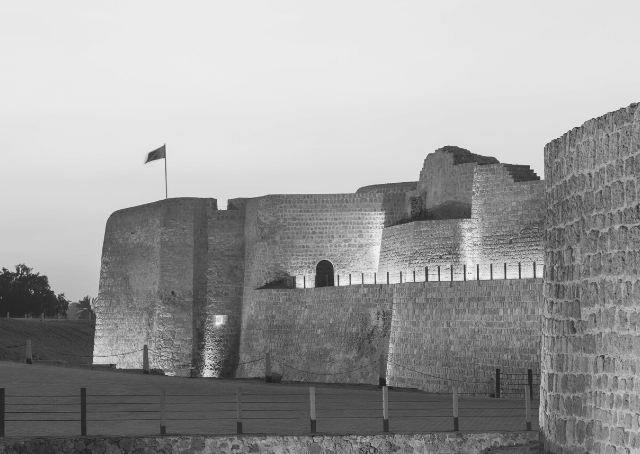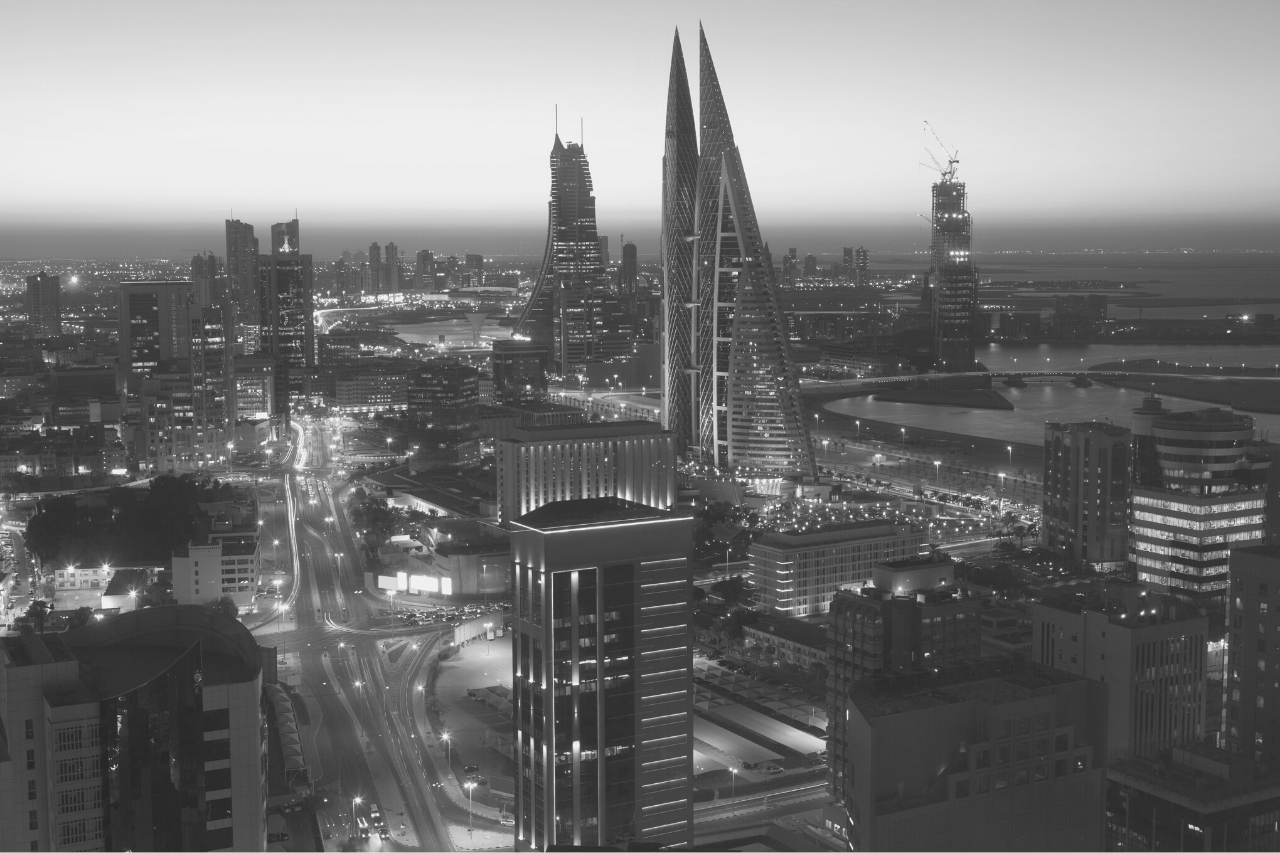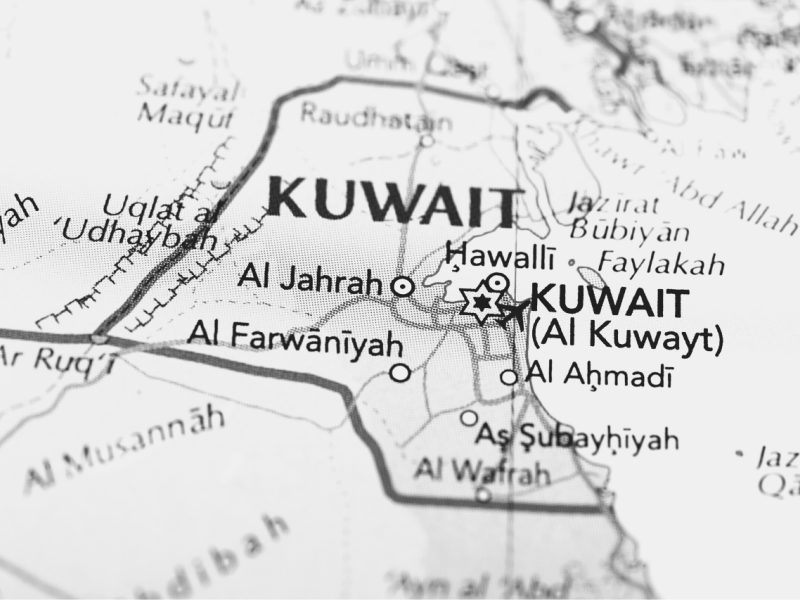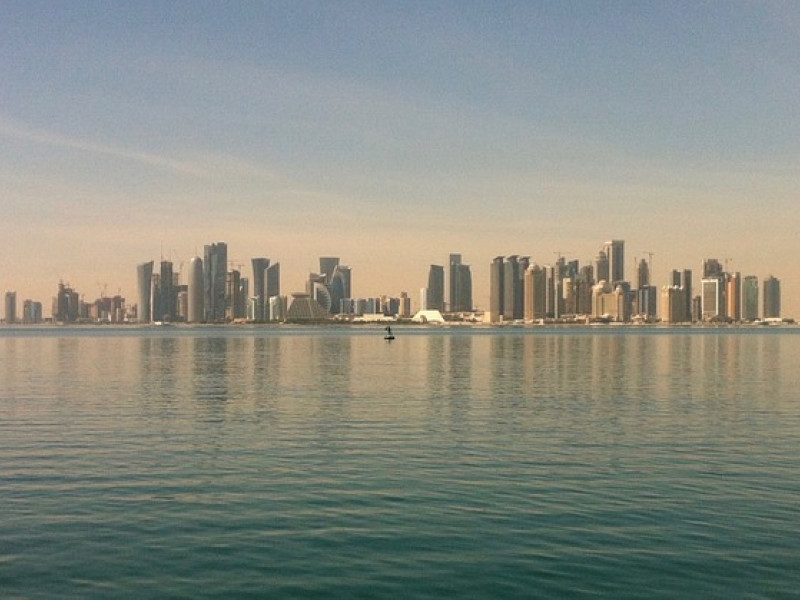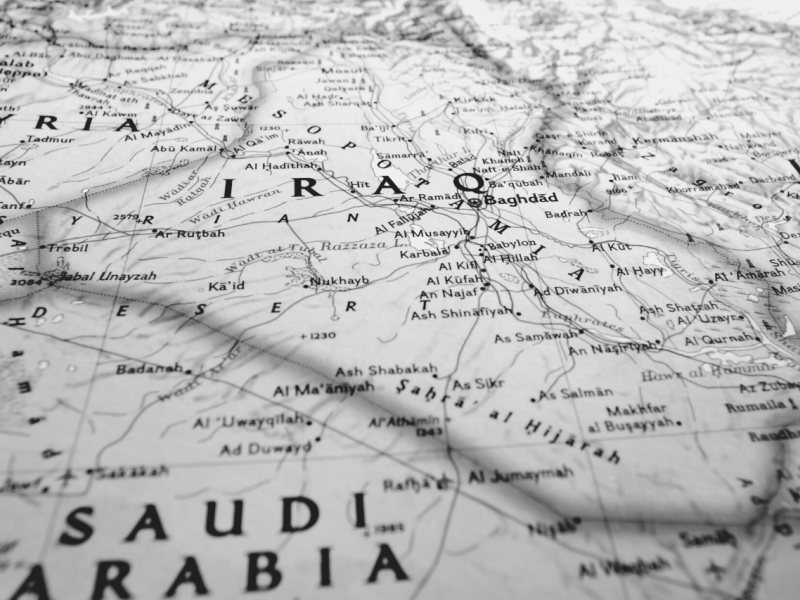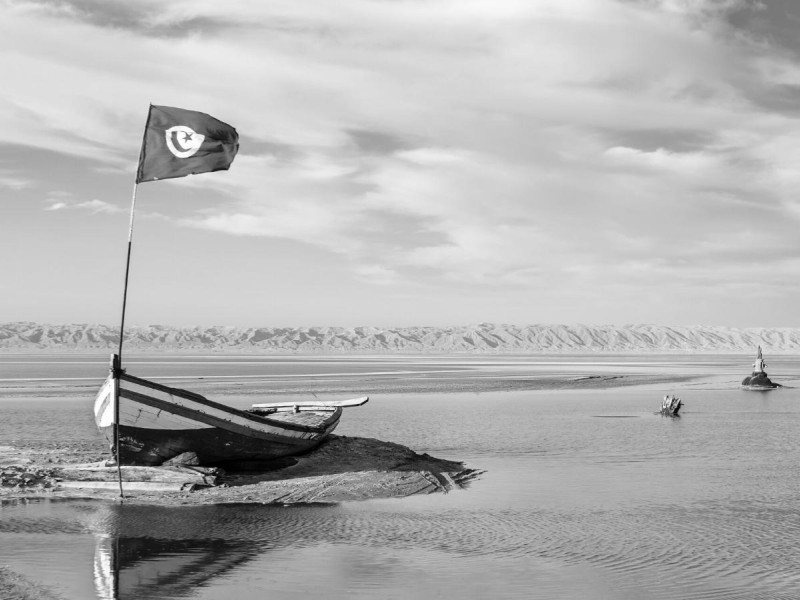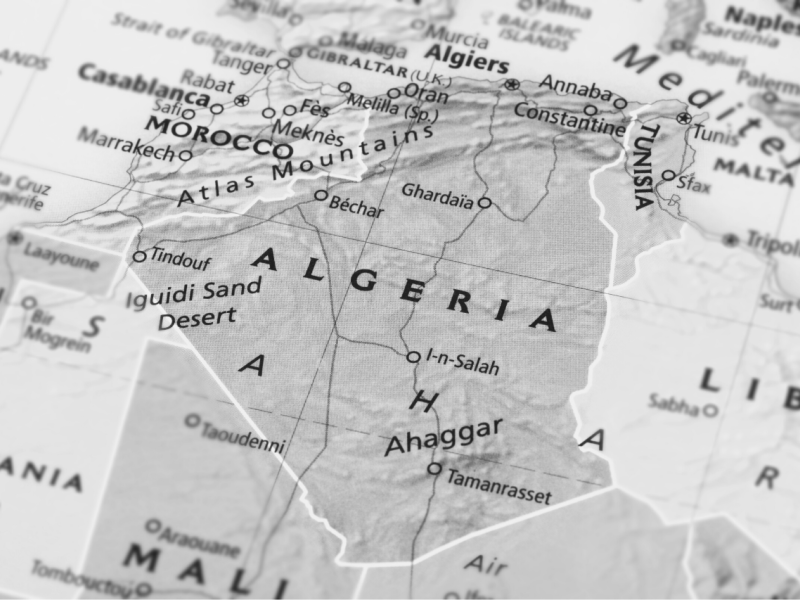History of Bahrain, the Island Country of Two Seas
In a country officially known as the Kingdom of Bahrain, the history of Bahrain unfolds in this beautiful island nation formed from two seas in the Arabian Gulf. Its name originated from the Arabic term “al-baḥrayn,” meaning “two seas” or islands with two kinds of water: sweet water springs and salty water in the sea.
Bahrain comprises a tiny archipelago with 70 islands and an additional 33 artificial islands built around the main country.
It is located between the Qatari peninsula and the northeast coast of Saudi Arabia. With Manama as its capital, it is a 760-square kilometer island connected to Saudi Arabia by the 25-kilometer King Fahd Causeway.
Bahrain History in Retrospect
Historically, Bahrain is the center of the ancient Dilmun civilization, a classical Semitic-speaking tribe in Arabia that was an important trading and commercial region during that era. At the height of Dilmun’s power, it controlled the Persian Gulf trading routes. Also, Sumerians regarded Dilmun as a sacred place, whereas the Mesopotamians considered the area a trade partner.
After the Arab reign, ancient Bahrain was governed by the Portuguese Empire from 1521 until 1602. Then, in 1783, the Bani Utban clan captured Bahrain. Since then, it has been ruled by the Al Khalifa royal family, with Ahmed al Fateh as Bahrain’s first hakim or ruler.
In the late 1800s, following successive treaties with the British, Bahrain became a protectorate of the United Kingdom. However, in 1971, Bahrain independence was proclaimed. Consequently, just like its neighboring countries, you may notice that the Kingdom of Bahrain is an Islamic state with a constitutional monarchy as its form of government.
The Age of Antiquity in Bahrain
Ancient Bahrain was the center of the Dilmun civilization, making the country a powerful trade center linking Mesopotamia and the Indus Valley in the Bronze Era.
Bahrain was governed heavily by the Achaemenian dynasty from Iran from the sixth to the third century BC. Subsequently, two other dynasties had control of Bahrain when Islam arrived in the country. These were the Parthians and the Sassanids. Later, in 250 BC, the Parthians ruled the Persian Gulf up to as far as Oman. They also built garrisons along the Persian Gulf’s southern coast to control the trade routes.
In the classical era, the Greeks called Bahrain “Tylos” or the hub of pearl trading. Alexander the Great planned to settle the Greek colonists in the country, but the later part of history was vague. Finally, however, Bahrain became a region of the Hellenized world, where the upper class spoke Greek and Aramaic daily.
The Middle Ages in Bahrain
Several conquerors came to Bahrain in the Middle Ages to subdue this small island state. In 899 AD, the Qarmatians, an Ismaili Muslim faction, invaded Bahrain to build a utopian community. However, this was short-lived because the Abbasids overthrew them in 976 AD.
Following the Abbasids was the Arab Uyunid dynasty of al-Hasa, whose control began in 1076 until 1235.
One conqueror after another ruled ancient Bahrain in the Middle Ages. You will notice that the Middle Ages was an era of darkness. The Uyunid dynasty was defeated by the Bedouin Usfurids, who also controlled eastern Arabia in 1253.
Consequently, the island was made a tributary nation of Hormuz in 1330. The Jabrids, a Bedouin dynasty also based in Al-Ahsa, took over power in the island and eastern Arabia in the mid-15th century.
The Early Modern Age in Bahrain
Considering the strategic location and the size of the country, the early part of Bahrain’s modernization was marked by invasions. In 1521, the Portuguese, at the height of their monarchy and rivalry with Spain, captured Bahrain from Migrin ibn Zamil, the Jabril ruler who was assassinated during the takeover.
Those were the glorious days of Portugal’s power in conquering the world as its rivalry with Spain heightened. The two superpowers were adversaries in conquering countries to add nations to their respective colonies. The Portuguese regime over Bahrain lasted for about 80 years, and they depended more on the Sunni Persian rulers.
In 1602, Abbas I of the Safavid dynasty of Persia ousted the Portuguese from the islands, giving Shia Islam more strength. The Safavid dynasty controlled the island for two centuries despite a short invasion by the Ibadhis of Oman in 1717 and 1738.
Nineteenth-Century and Modern Bahrain
While Great Britain was trying to rule the waves, powerful nations in the Middle East also participated in the campaign for territorial exploration. The Omanis and the Al Sauds both conquered Bahrain in the early part of the 19th century. Interestingly, the nation was ruled by Salim, a 12-year-old child who was appointed by his father Sayyid Sultan as the Governor of the Arad Fort.
Later on, Great Britain acknowledged Al Khalifa as the ruler of Bahrain after a leadership treaty was granted. A series of talks followed, and the Al Khalifas signed another agreement that the ruler could not give away any regions to anyone except the United Kingdom and had to acquire consent from the British to engage in relationships with foreign governments.
The British, in return, promised to provide military protection to the Kingdom of Bahrain from any foreign invaders, whether through sea or land attacks. Apparently, after a series of democratic negotiations, the British formally set up their authority on the island.
During the British regime, Charles Belgrave placed Bahrain under the de facto rule. This was also the time when reforms were instituted from the national government down to the local government. For instance, Belgrave spearheaded the founding of Bahrain’s first modern school in 1919. It was followed by the first girl’s school in the Persian Gulf in 1928 and eradicated slavery in 1937.
The Beginning of Oil Exploration
Through a campaign for oil exploration, it was discovered in 1931 that Bahrain has a rich oil deposit. This natural resource brought rapid modernization to the island state.
Infrastructure projects commenced, which changed the landscape of the nation.
You have to know that the extent of Bahrain’s rapid economic growth was beyond compare.
Bahrain Airport was vigorously constructed in the early 1930s. Likewise, the Bahrain Maritime Airport was designed particularly for seaplanes and flying boats in the same period.
Joining World War II, Bahrain made the courageous decision to stay on the Allied side.
After the war, anti-British sentiment rapidly grew throughout the Arab countries, which resulted in mutinies in Bahrain. These rebellions mainly focused on the Jewish population.
Suffice it to say, when the hostilities escalated, most of the Jews were forced to evacuate to Bombay and later on settled in Israel and the United Kingdom in 1948.
Bahrain’s Participation in the United Nations
To strengthen its national sovereignty and political will, Bahrain became a member of the United Nations and the Arab League on August 15, 1971. It was, however, followed by an Islamic Revolution and a failed coup d’etat in 1981 under the leadership of the Islamic Front for the Liberation of Bahrain.
Did you know that frequent mutinies took place in Bahrain, where Islamists, liberals, and leftists joined forces? The chaos had only ended after Hamad bin Isa Al Khalifa was appointed Emir of Bahrain in 1999.
To regain Bahrain's independence and political stability in the country, King Shaikh Hamad bin Isa Al Khalifa released political prisoners, set up elections for parliament, and gave women the right to vote. Consequently, Bahrain changed its official name from the State (dawla) of Bahrain to the Kingdom of Bahrain on February 14, 2002.
Bahrain and its Booming Economy
Found in the world’s main oil-producing region, Bahrain capitalizes on its small stores of petroleum. In addition to this, it has extended its resources to the processing of crude oil from neighboring oil-producing countries.
Apparently, the country also ventured into financial services, commercial businesses, and communication industries, which have remarkably sprouted in the region. Owing to its stunning beaches, tourism has proven a great attraction and source of profit in Bahrain. Neighboring Arab countries preferred the modern but relaxing ambiance offered by Manama.
Do you know how it started? Peace and trade on the island brought fortune to the country. Manama, the capital and country’s main port, welcomes hundreds of ship fleets throughout the year. Sophisticated shops in the city attract more foreigners than ever, but the local people remain conservative in style. They used to be dependent on pearl fishing, but modernization has offered more prosperity.
The Kingdom of Bahrain now unveils a new cosmopolitan region with a touch of commitment to traditional values and ideas. Their values are strengthened and rooted in their families, as explained by their constitution, which affirms that “the family is the cornerstone of society, the strength of which lies in religion, ethics, and patriotism.”
With its location in the intriguing Persian Gulf, Bahrain is famous for its green lines of date palms. Middle Eastern countries rely on Bahrain’s supply of dates. Furthermore, ancient Bahrain took pride in being a gateway of trade and industry in the Middle East. Historical records show that Bahrain was established as a wealthy commercial center in the region.
Do you remember the Dilmun civilization, which was founded in Bahrain? That’s the classical proof of Bahrain’s natural propensity for business.
Having acknowledged the strategic location and economic potential of the nation, Khalīfah has opened Bahrain’s state-of-the-art port areas catering to foreign naval fleets, including the United States. This move has transformed the plight of the island nation because its status as a nexus of significant trade in the region has been sealed.
This exotic archipelago is currently an enticing destination for tourists, business people, real estate brokers, and travelers. In addition, the royal blue waters surrounding the nation are a complete attraction for cosmopolitan people because it offers a fascinating and unmatched experience.
Religious Beliefs
Found in the middle of a Muslim world, Bahrain is predominantly inhabited by religious people. Shi’a Muslim makes up 70 percent of the population, while 15 percent is Sunni Muslim, and the remaining 15 percent is Christian or Jewish or other indigenous practices.
Islamic faith teaches the respect and equality of all people before Allah. The majority of the ruling family and many of the wealthier and influential people in Bahrain are Sunni, which has been the reason why political and social chaos remains in the region.
Islamic faith doesn’t have priests or clergy, but there are men who study the Quran (the Muslim holy book) and lead prayers and readings based on the text. The Quran, rather than a religious leader, is considered the ultimate authority and holds the answer to any question or dilemma one might have.
Ramadan is the most sacred and important religious tradition in the world of Muslims. It is a time of fasting, followed by a festive celebration called Eid al-Fitr, where families meet and exchange gifts.
Eid al-Adha is a ceremony commemorating the end of Muhammed’s Hajj. Muslims go to the mosque, which is the Muslim house of worship. Cleanliness means demonstrating humility before God. One must remove one’s shoes before entering the mosque.
According to Islamic tradition, women are not allowed inside. The interior has no altar; it is simply an open carpeted space. As Muslims are supposed to pray facing Mecca, a small niche is carved into the wall pointing the direction towards which that city lies. Bahrain history unveils a long journey of Islamic faith amidst the threats of invasion and challenges of modernization.
Conclusion
Bahrain is an island country formed in two seas in the Persian Gulf, which supports its claim as a gateway of trade and industry in the Middle East. Historical records have shown that Bahrain was established as an opulent commercial center in the region.
Again, recalling the Dilmun civilization founded in ancient Bahrain, the country and its people’s natural propensity to put on a spotlight.
Having gone through a series of invasions, mutinies, and political struggles, Bahrain has finally found peace and economic stability after its modernization in the late 19th century.
The Kingdom of Bahrain under the Al Khalifa rule is a constitutional monarchy led by the King, Shaikh Hamad bin Isa Al Khalifa. Its fast economic restoration can be attributed to its small petroleum resources, which later branched out into tourism, finance, business, and trade.
As the world’s fastest-growing financial center, Bahrain has all the reasons to stay on top of its game.
